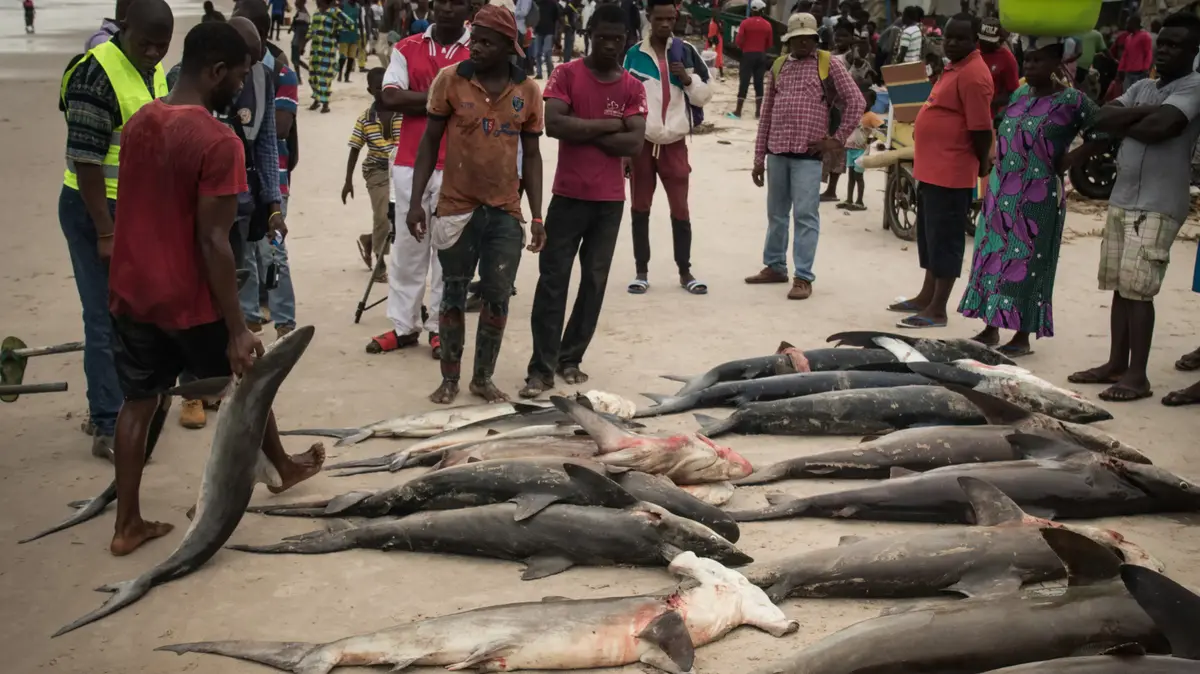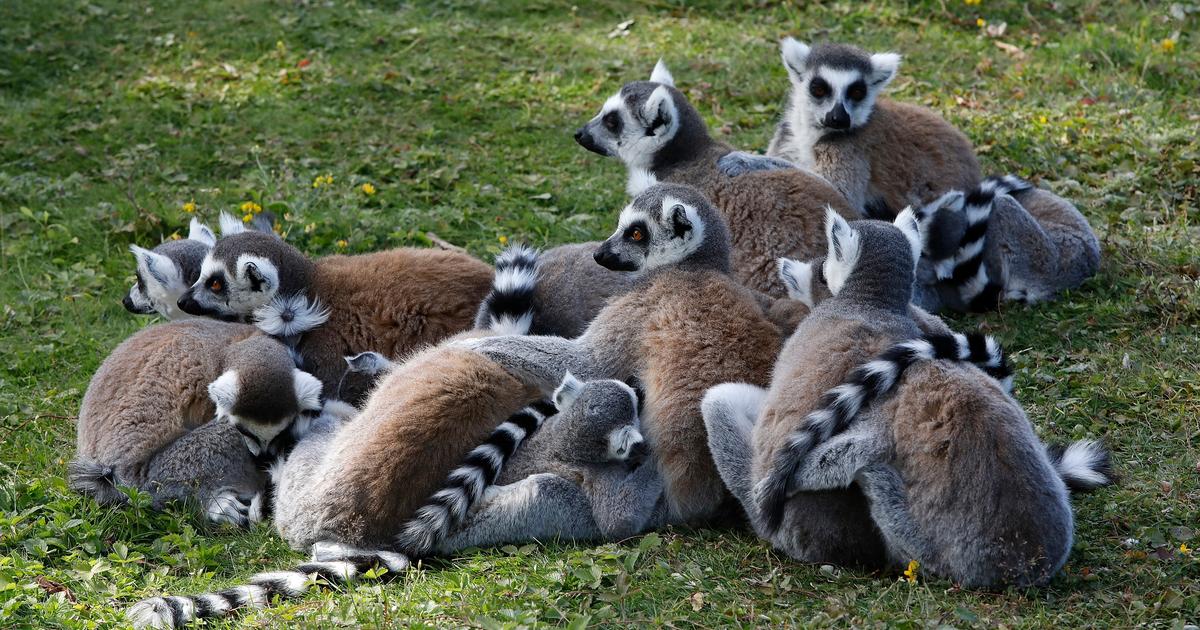Report: Earth's wildlife population has dropped by 70% in 50 years
Many scientists believe that humanity is now living through the sixth mass extinction - the greatest loss of life on Earth since the dinosaurs.
Land use is still the biggest driver of biodiversity loss on Earth, according to the study
news agencies
16/10/2022
Sunday, October 16, 2022, 10:37 am Updated: 10:43 am
Share on Facebook
Share on WhatsApp
Share on Twitter
Share by email
Share in general
Comments
Comments
Earth's wildlife populations have fallen by an average of 69% in the past 50 years, according to new research, as humans continue to cut down trees, consume and pollute.
From the oceans to the rainforests, birds, fish, reptiles - all recorded a sharp decline in 1970-2018, The Guardian reported, according to the biannual Living Planet Report by WWF and the Zoological Society of London. Two years ago, the figure was 68% and four years ago - 60%.
Many scientists believe that humanity is now living in a period of the sixth mass extinction - the greatest loss of life on Earth since the dinosaurs. 89 The authors of the report call on world leaders to reach an ambitious agreement at the climate conference in Canada in December and cut greenhouse gas emissions to To ensure that global warming does not exceed 1.5 degrees Celsius compared to the pre-industrial era, already in the current decade.
The Living Planet index combines a global analysis of 32,000 populations of 5,230 animal species and aims to measure the changes in wild life across the continents.
Latin America and the Caribbean - including the Amazon - recorded the sharpest decline in average wildlife population size - 94% in 48 years.
The populations of wild animals on Earth have dropped by an average of 69% in the last 50 years (photo: official website, Miriam Freund and Shlomo Cain)
Only 37% of the rivers that are more than a thousand kilometers long flow freely throughout their entire length today (Photo: ShutterStock)
Land use is still the biggest driver of biodiversity loss on Earth (Photo: GettyImages, Brendon Thorne)
Africa ranked second with a drop of 66%, followed by Asia and the Pacific with 55%, and North America with 20%.
Europe and Central Asia recorded a drop of 18%.
The total loss is comparable in scope to the disappearance of the human population of Europe, the Americas, Africa, Oceania and China, according to the study.
Land use is still the biggest driver of biodiversity loss on Earth, according to the study.
The scientists emphasized the increasing difficulties for animals to move in areas blocked by infrastructure and agricultural land.
Only 37% of the rivers that are more than a thousand kilometers long flow freely throughout their entire length. According to the scientists, further deterioration is expected, especially in the Himalayas, Southeast Asia, the east coast of Australia, East Africa and the Amazon forests.
More in Walla!
The satellite images show: this is what the climate crisis looks like around the world
To the full article
news
world news
Tags
global warming
climate change
Earth












